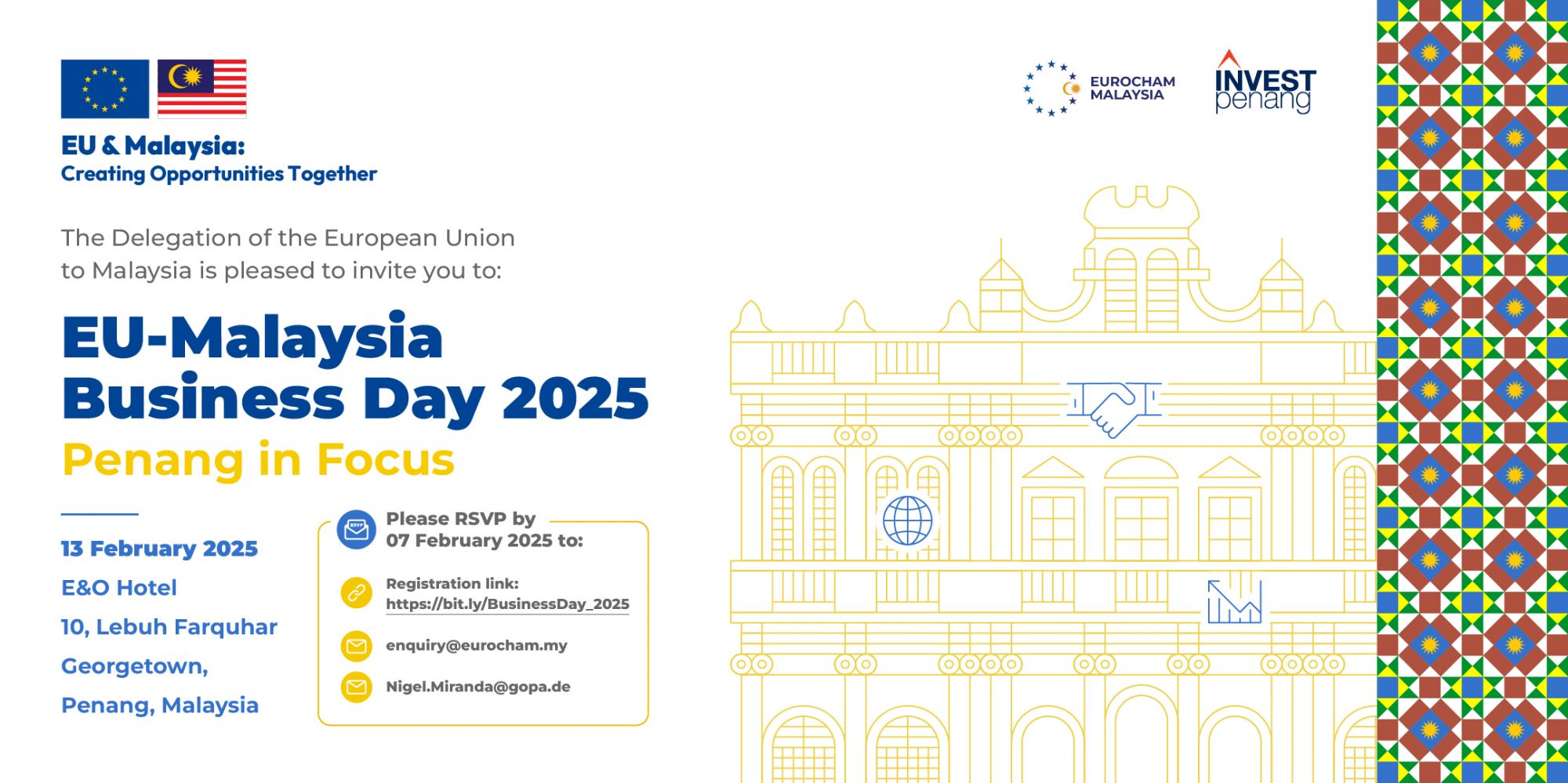We would like to welcome TERA VA Sdn Bhd (TERA) as a new member of EUROCHAM Malaysia! We are excited to work together with your esteemed organisation as we strive to bolster alliances and strengthen partnerships within the EU-MY business community.
TERA VA Sdn Bhd (TERA), a pioneering firm in solar Engineering, Procurement, Construction, and Commissioning (EPCC) in Malaysia since its establishment in 2011, is renowned for delivering customised technical solutions for Industrial Factories, Commercial Buildings, and Residential Homes. With a track record encompassing over 1,000 successfully completed Solar Projects Nationwide, TERA’s technical know-how empowers its clients to Achieve High Energy Efficiency and Substantial Reductions in Electricity Expenses.
At the core of TERA's mission is a commitment to assisting businesses in embarking on a sustainable journey Without Jeopardizing Financial Stability. Offering a distinctive approach, TERA business solutions facilitate the reduction of electricity expenses with No Upfront Capital Outlay, while also providing guidance on the Most Updated Government Incentives. With a Commitment to Customer Support, TERA’s offices are strategically located in Selangor, Penang, Johor, and Melaka. This commitment distinguishes TERA as the preferred partner for companies aiming to embrace renewable energy solutions.









